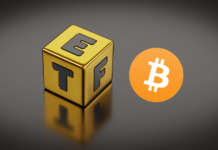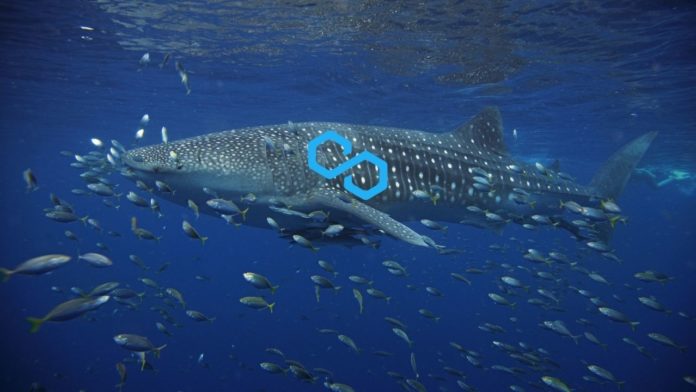Staking is now one of the most popular ways to earn rewards on your crypto assets. However, stakers need to have some level of knowledge about how to stake to avoid asset loss.
In recent times, there have been increasing complaints about staking MATIC tokens. Stakers have complained of distressing scalability issues like high gas fees you need to complete transactions using MATIC, etc. Therefore, in this article, you will discover the most important aspects of MATIC staking. How profitable is MATIC staking for small-scale investors? Should only institutional-grades takers take part in MATIC staking? Find out the answers to these crucial questions and more in this article.
Polygon (Matic) expects to serve as a reliable solution to Ethereum’s scalability issue. Therefore, facilitating faster, secure, and cheaper transactions. But is this really true? In recent times, complaints about gas fees are becoming a norm. Especially among small-scale investors. This then begs the question of “Is MATIC Staking Only for Whales?” Is it possible for small-scale individual stakers to enjoy the much-talked-about staking rewards while staking MATIC tokens?
Staking Rewards Are Used to Furnish Gas Fees
Staking on Polygon is quite profitable, where participants have the opportunity to earn APYs as high as 8% on the network. However, according to one MATIC staker on Reddit, most of these APY rewards will go towards paying gas fees on the Network.
Also, to carry out significant functions like Unbounding, Restaking of rewards, etc. Users will be required to pay ridiculously high gas fees. Also, to re-stake rewards requires gas fees as high as $66. While this may seem like a fair price to pay for a whale investor, unfortunately, it will prove unprofitable to a user who is looking to re-stake $100 worth of rewards.
World’s Best Staking Ecosystem @axion_network 🥇 #AXN #Matic whales 🐋 knows how to make money 💵 pic.twitter.com/xu6xAcRWfl
— ExJ (@ExJ54459719) January 7, 2022
Moreover, unbounding is another major issue facing small-scale MATIC stakers. Imagine having to pay about $150 to withdraw 400 MATIC tokens, including additional fees on Metamask. This is definitely a huge cost to shoulder for small-scale investors.
In conclusion, the major issue with staking MATIC is the huge fees you must pay while trying to move your assets. The entire process is usually cost-intensive and generally cumbersome and difficult to follow. While the cost may seem minute to Whales who earn thousands of dollars of reward from their staking, the same cannot be said for small-scale stakers of MATIC. The network absolutely has its work cut out to ensure its staking remains affordable to all stakers irrespective of the size of their investments.
About Polygon (MATIC)
Polygon formerly known as MATIC Network is an Ethereum based scaling solution. Also, popularly referred to as “ETH’s Internet of Blockchains”. The Network combines the best of the leading public chain, Ethereum, and other existing blockchains. Therefore, providing a unique and secure multichain ecosystem. Polygon currently boasts of over 7,000 dapps and is focusing on facilitating the growth of web3 decentralized applications.
Also, the Network boasts of several top ETH-scaling solutions namely; Polygon PoS, Polygon Hermez, Polygon Nightfall, Polygon Zero, Polygon Edge, etc. Plans are in place to launch Polygon Enterprise Chain soon.
Game, set, match! #Minecraft goes #web3 with @polygonstudios 💜
https://t.co/7sO4CbUQ8L— Polygon | $MATIC 💜 (@0xPolygon) February 27, 2022
MATIC Price Outlook
At the time of writing, the price of MATIC is at $1.63 with a market cap of $11.2 billion and a 24-hour trading volume of $1.3 billion. The token price is also up by 10.9% in the last 24 hours.
Also, join us on Telegram to receive free trading signals.
For more cryptocurrency news, check out the Altcoin Buzz YouTube channel.



























